Is your car making noise whenever you release the gas pedal, whether it is running or in neutral, and you want to know what is causing it? You’ve come to the right place, for we have researched this question and have the answer for you.
A leak in the catalytic converter causes the noise that you hear when you let go of the gas pedal. Another possible cause is an axle ping in Volvo cars.
Learn how to fix a catalytic converter leak in the succeeding sections, including interesting information about your catalytic converter and what an axle ping is. Read on!
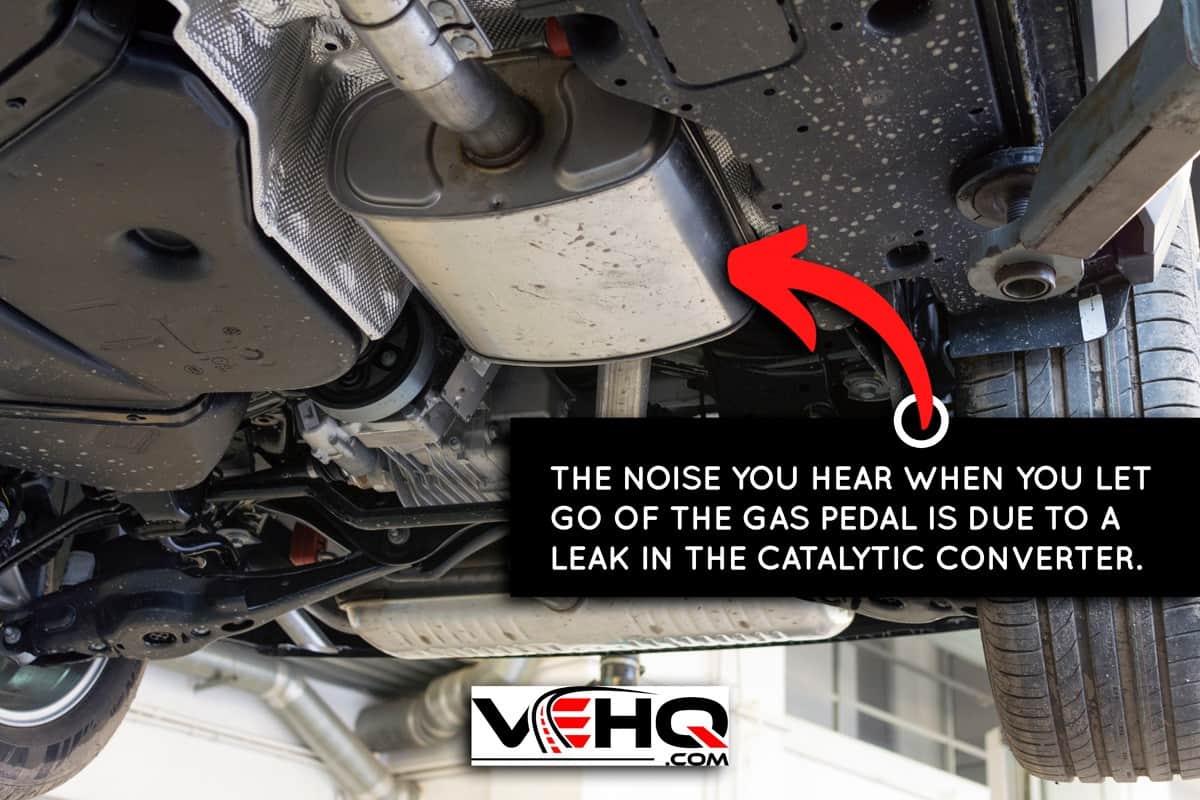
What is a catalytic converter?
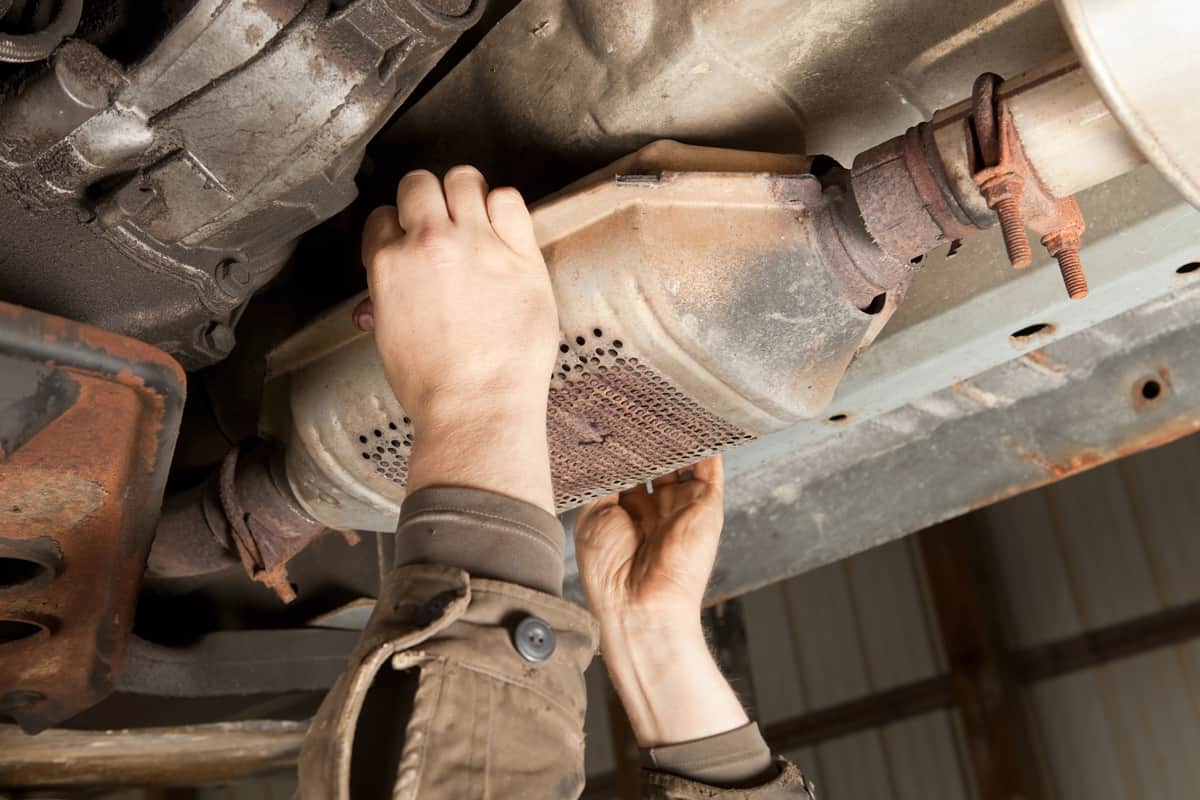
The combustion inside your engine turns the mixture of air and gasoline into energy to move your car.
However, this process is not perfect. Not all gasoline and air that burns inside the combustion chamber turns into energy. Everything that doesn’t turn into energy turns into a combustion byproduct.
A combustion engine produces many harmful gases as a byproduct of combustion. It is the job of a catalytic converter to convert these harmful gases into forms that are less lethal before the car can let these gases out into the environment.
The Development Of The Catalytic Converter
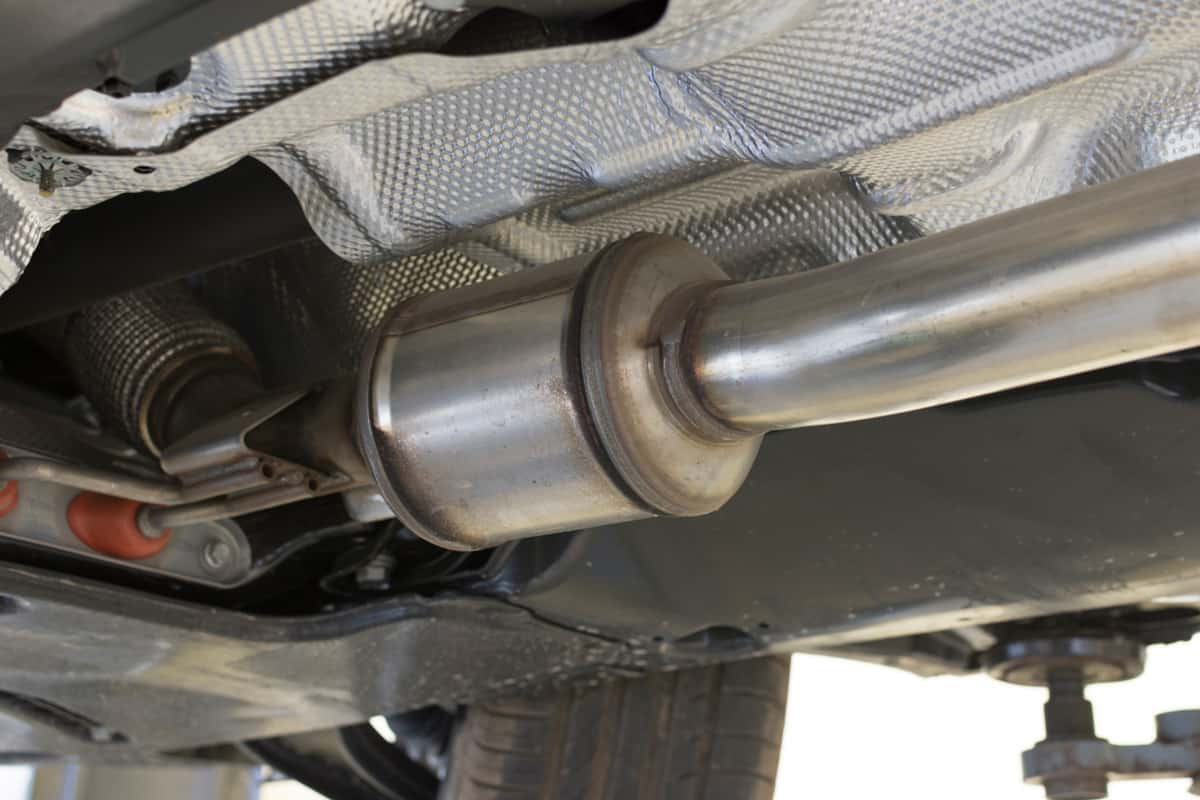
Eugene Houdry is the French mechanical engineer who developed the catalytic converter. He received a patent for his invention in the mid-1950s.
Studies from Los Angeles influenced him to work on a device that could mitigate the effects of smokestacks and automobile exhaust on the environment.
Emission regulations in the US in the early 60s prompted the further development of the catalytic converter. A production version was developed in 1973, and its widespread use began in 1975.
What does a catalytic converter do?
A catalytic converter has a catalyst chamber that splits toxic molecules in the engine exhaust. Thus, it is connected to the exhaust pipe and catches all the exhaust gases coming from the engine. The catalytic converter will release the resulting gases after the chemical reaction.
The main catalyst of a catalytic converter is made of platinum. There is a honeycomb block inside the housing. The honeycomb block is lined with different catalyst metals that react with specific gases in the exhaust.
There are two types of catalysts in a catalytic converter.
Reduction Catalyst
These catalysts react with the nitrogen oxide component of the exhaust. It separates the oxygen atoms from the nitrogen. Once nitrogen and oxygen are separated, they become harmless gases.
Older versions of catalytic converters can only do this function.
Oxidation Catalyst
These catalysts capture carbon monoxide and add one atom of oxygen. It takes the oxygen atom from the product of the reduction catalyst. Once the reaction is complete, carbon monoxide becomes carbon dioxide.
Newer catalytic converters can do both, reduction and oxidation, chemical reactions to reduce the amount of toxic gas going out of your car.
Oxygen Sensor
There is an oxygen sensor at the outlet of your catalytic converter, another before it, and another at each exhaust manifold. The sensors measure the amount of oxygen that comes out of your car. The ECU monitors the oxygen sensors and determines the ideal amount of fuel for the engine based on the amount of oxygen that the sensors detect.
The engine is running lean when it is getting too much oxygen. An engine that is running lean can suffer from hesitation and jerking. It will have power problems because there is too little fuel in the combustion.
The engine is running rich if it is getting too little oxygen. An engine that is running rich will produce too much heat and pollution because it is getting too much fuel for combustion and not enough air to match it.
How to fix a catalytic converter leak?
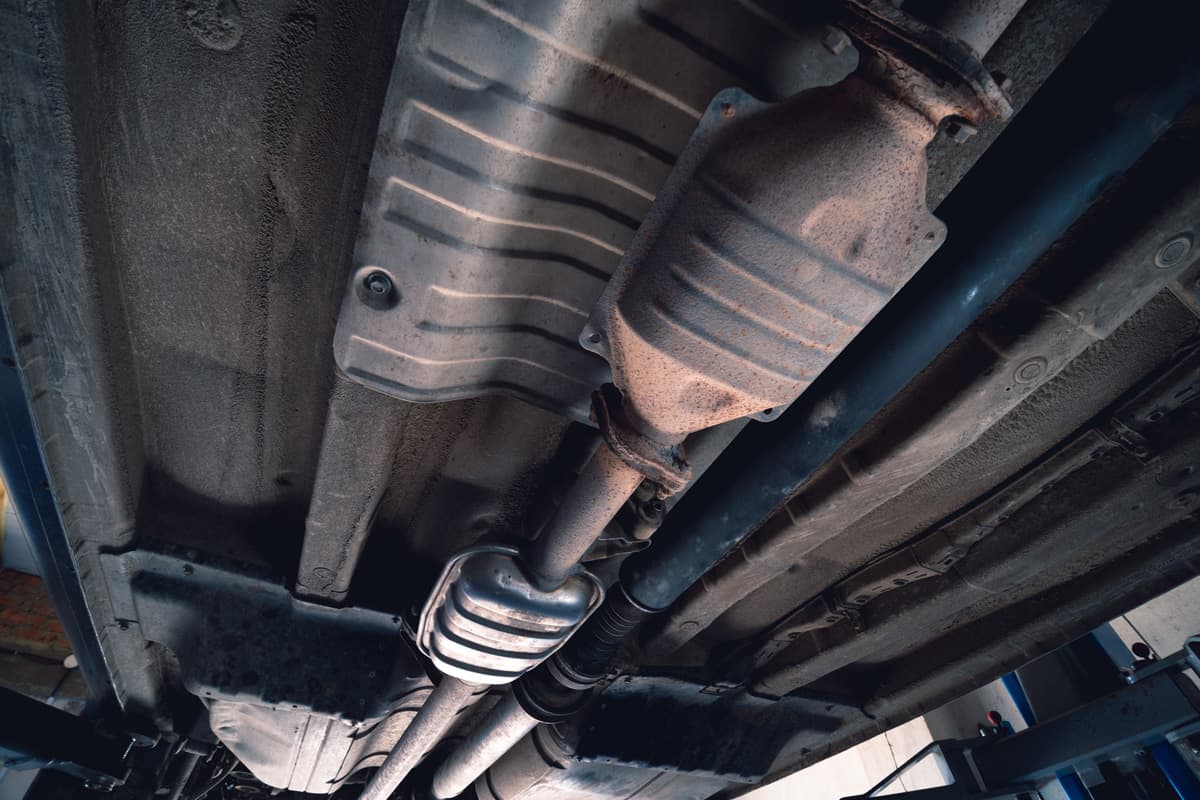
Preparing Your Car
- Park your car on a level surface and turn off the engine.
- Place your shifter to “Park (P)” if you have an automatic transmission or to the first gear if you have a manual transmission.
- Engage the parking brakes or the emergency brakes.
- Place chocks on the front and back of the wheels on one side of your car. The catalytic converter is often close to the muffler on your exhaust pipe. Thus, it is best to access it from one side of your car that is close to the muffler. The muffler of your car eliminates the noise that is created by exiting exhaust gases.
Jacking Up Your Car
- Locate the lifting points under your car. They are often located behind the front wheels or in front of the rear wheels. Consult the user manual to get the location of the lifting points of your car. Never jack up your car on a part that the user manual doesn’t recommend. This is to prevent any damage to your car.
- Position your floor jack under the lifting points. If you’re working on your driveway, place a piece of plywood under your floor jack. This will prevent your floor jack from damaging the pavers, tiles, or asphalt on your driveway. Raise your floor jack a little to make it easier to position the lifting point on the center of the floor jack.
- Position your floor jack perpendicular to the body of your car.
- Pump your floor jack to raise your car until you get the desired height.
- Raise your jack stands to match the desired height on your car. Insert the pin or clip to keep your jack stands on the chosen height. You need to place a piece of plywood under your jack stands if you’re working on your driveway.
- Place the jack stands under your car—one in front and another at the back lifting point. Position the lifting point at the center of the jack stand.
- Slowly release the floor jack to lower your car on the jack stands.
- Once your car is on the floor jacks, pump your floor jacks until it is barely touching the lifting points of your car. This is a safety precaution. In case one of your jack stands malfunctions, the floor jack will still be there to take over the weight of your car.
- Nudge your car to test if it is stable on top of the jack stands and floor jack. This will also test if the jack stands are stable on the ground.
BIG RED’s steel jack stands are available on Amazon through this link.
Sealing The Leak On Your Catalytic Converter
- Place a piece of cardboard under your car that you can lie down on. This will make it easier for you to slide under your car.
- Start your car. The smoke will allow you to locate the leak.
- Slide under your car and locate the catalytic converter. It will look like the muffler, only it is located before the muffler.
- Locate the leak on your catalytic converter. Look for the area where there is smoke coming from the sides of the catalytic converter.
- Turn off the engine after you find the leak. Wait for the catalytic converter to cool before going back under your car.
- Apply a layer of fireplace sealant that can work on metal surfaces.
- Leave the sealant to set and dry, then apply another layer. Let the second layer set and dry.
- If the hole is too big for the sealant to cover, weld a piece of metal to cover the hole. Apply a layer of fireplace sealant on the edges of the metal to create an airtight seal.
Mill-Pac Black Sealant is available on Amazon through this link.
What is axle ping?
This is a problem that is common in Volvos.
This is a metallic clanking sound when you are at a low speed, and you are on and off the gas pedal. You can also reproduce the sound when you shift your car from reverse to drive and back to reverse once more while your foot stays on the brakes.
Volvo has issued several TSB (Technical Service Bulletins) on this for specific models. However, you can experience this from almost any model. TSBs are manufacturer-recommended repair procedures for specific common issues.
What causes the noise?
There is a small amount of play on the splines between the axles and the wheel hub. This gives the axle enough space to move inside the hub. This can cause a lot of noise even with only a small amount of play.
In some cases, the axle and hub are worn, causing the noise. In this case, a replacement is the only solution to the issue.
This issue can only be fixed by replacing the standard axle bolt with the anti-ping bolt that was developed by Volvo. Volvo no longer manufactures the anti-ping bolt. However, there are aftermarket manufacturers that have replicated it and are selling it to Volvo owners that still suffer from this issue.
MTC 171021/30714142 axle bolt kit is available on Amazon through this link.
Conclusion
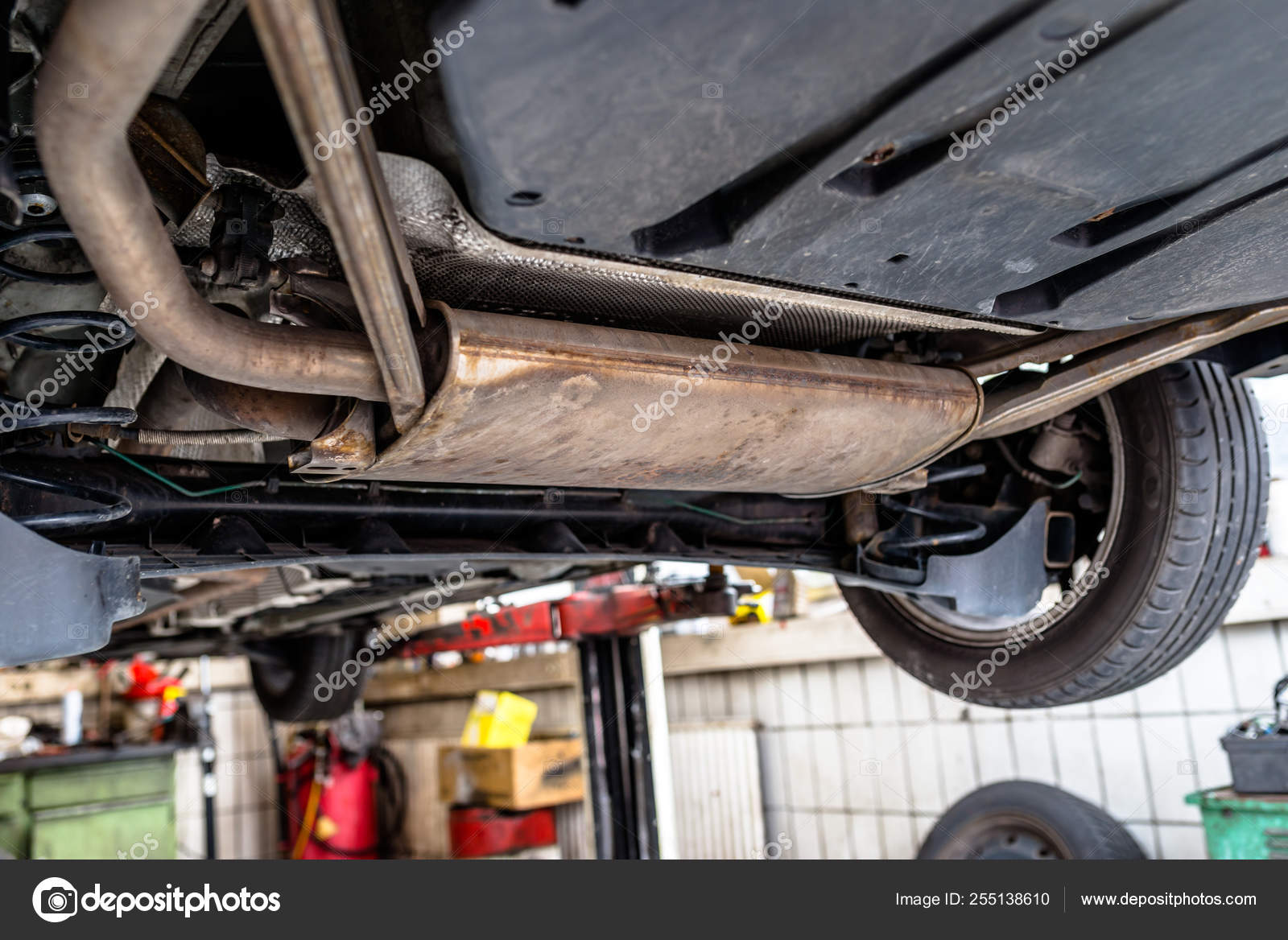
There are two causes of this issue, and the most common is a leak on your catalytic converter. The other cause is specific to a manufacturer’s car models.
If you enjoyed reading this article, you might find the articles below equally enjoyable to read:



